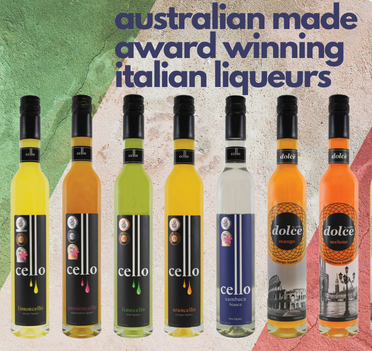PLEASE READ OUR FULL ENCYCLOPEDIA SANGIOVESE ENTRY. Sangiovese, also known as Brunello, is a red wine grape variety that is grown in the hills around Florence. The grapes used for this variety of wine can produce wines that are full-bodied but still quite fruity. These wines are best served at a cooler temperature of 50 to 60 degrees Fahrenheit. This wine has a deep ruby red colour and a delicate aroma that offers hints of berries or plums.
Sangiovese is a red grape that is native to Italy. It is one of the most planted grape varieties in the country and is used to make some of Italy's most famous wines, such as Chianti and Brunello di Montalcino. Sangiovese typically has high acidity and moderate tannins, which can make it a challenging grape to work with. But when done well, Sangiovese-based wines can be incredibly complex and rewarding. If you're a fan of Italian red wines, then Sangiovese is a grape variety that you should check out!
History of Sangiovese
The Sangiovese grape is thought to have originated in Tuscany, Italy. The name Sangiovese comes from the Latin sanguis Jovis, or "blood of Jupiter". The grape has been cultivated in Tuscany for centuries and is the principal grape variety in the Chianti region.
Sangiovese is a versatile grape that can be used to produce a wide range of wines, from light and fruity reds to rich and robust Super Tuscans.
Sangiovese typically has high acidity and moderate tannins, which can make it a bit astringent when young. However, the grape often mellows with age, developing complex aromas and flavours of cherries, plum, tobacco and leather.
How to taste Sangiovese
Sangiovese is a versatile grape that can be used to make a variety of wines. Here are some tips on how to taste Sangiovese:
- Start with a light-bodied wine. Sangiovese can be made in a variety of styles, but lighter-bodied wines are typically more approachable.
- Look for red fruit flavours like cherry and raspberry. Sangiovese often has high acidity, so you may also notice some green apple or tart citrus notes.
- Pay attention to the tannins. Wines made from Sangiovese can range from soft and velvety to astringent and tannic. The level of tannins will affect how the wine feels in your mouth, so pay attention to see if the tannins are balanced or if they overwhelm the other flavours in the wine.
- Sangiovese generally pairs well with food, so try it with your next meal. Italian dishes like pasta with red sauce or grilled meats are especially good choices.
Pairings for Sangiovese
Sangiovese is a versatile grape that can be used in a variety of wines. Here are some suggested pairings for Sangiovese:
- Sangiovese with grilled meats
- Sangiovese with tomato-based pasta dishes
- Sangiovese with aged cheeses
These are just a few ideas - experiment and find what you like best!























































 Login with Google
Login with Google
